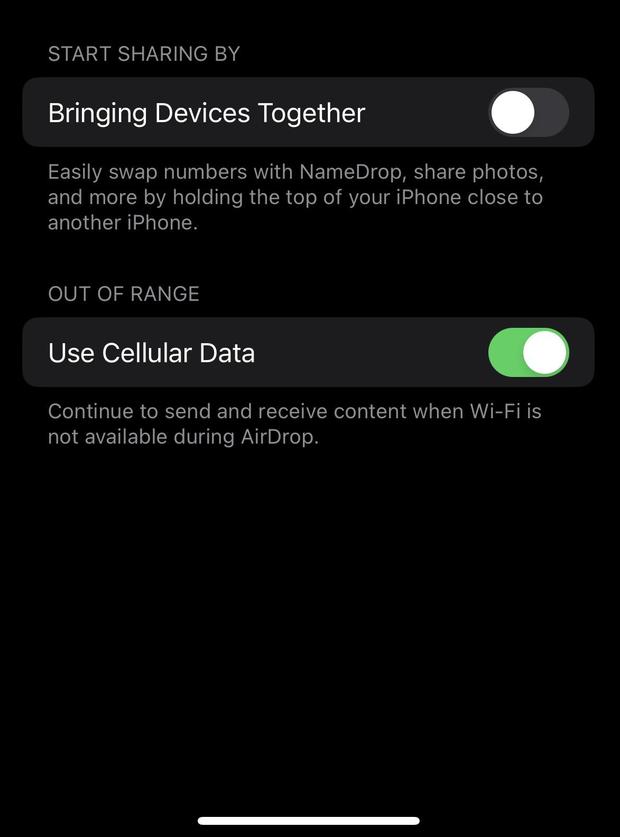How to turn off iPhone's new NameDrop feature, the iOS 17 function authorities are warning about
Apple's iPhone's new iOS 17 operating system includes a feature called "NameDrop" that is activated by default on the phones of users who update their software, prompting authorities to share information on how to turn it off.
Although it makes sharing contacts easier, some people are leery of the potential risks. Here's what to know.
What is NameDrop?
NameDrop is a feature that allows iPhone owners to share their contact information with other devices, like iPhones and watches, that they come in close contact with. It also lets users receive contacts from other people.
How does the NameDrop feature work?
All one has to do is hold their phone's screen close to the top of another person's iPhone, which will cause both devices to vibrate. Once they link, a NameDrop prompt will appear on both phone screens, allowing users to choose if they want to share and receive contact cards.
iPhone users can select what contact information, such as phone numbers and email addresses, they wish to share, according to Apple's website.
Notably, iPhone holders have to manually authorize the transaction, it doesn't happen automatically.
Why are authorities warning iPhone users about NameDrop?
It's handy for quickly sharing information without having to send a text or email to share a contact card. But authorities are warning that it could give bad actors easy access to the personal information of unsuspecting victims.
The feature has prompted police departments across the U.S. to issue alerts to parents. For example, the Jefferson Hills Police Department urged parents whose kids have iPhones to turn the feature off.
"This feature could allow the sharing of your contact info just by bringing your phones close together," the department wrote in a Facebook post. "Don't forget to change these settings after the update on your children's phones, also, to help keep them safe as well."
What risks does NameDrop pose?
Cybersecurity experts say that the feature does indeed make it easier to share personal information, including with bad actors.
"This can include your name, phone number, email address, home address, work address, birthday, a picture of your face, and even more. The more information cyber criminals gain access to, the more harm they can cause you and your finances," said Mike Scheumack, chief innovation officer of identity theft protection company IdentityIQ.
While anyone who opts to use the feature should be cautious, some say warnings to avoid NameDrop altogether are overblown.
"Features like Apple's NameDrop that reveal personal information should be treated cautiously but not necessarily avoided," Kurt Sanger, cybersecurity expert at Batten Safe and the former deputy general counsel at the federal U.S Cyber Command, told CBS MoneyWatch. "If NameDrop works as advertised, a user will have to make deliberate, intentional selections to share information from device to device."
Cliff Steinhauer, Director of Information Security and Engagement at The National Cybersecurity Alliance, said he doesn't think NameDrop poses a serious security concern because iPhone users have the opportunity to decline to share their own contact cards.
"We haven't seen any bad actors use it to steal that information as of now," he told CBS MoneyWatch.
How to turn off NameDrop on your iPhone
Here's how to shut off the NameDrop feature.
- First, go to your iPhone's settings.
- Then click on "General," followed by "AirDrop."
- Next, to turn off NameDrop, toggle the "Bringing Devices Together" sharing option button to the off position.




